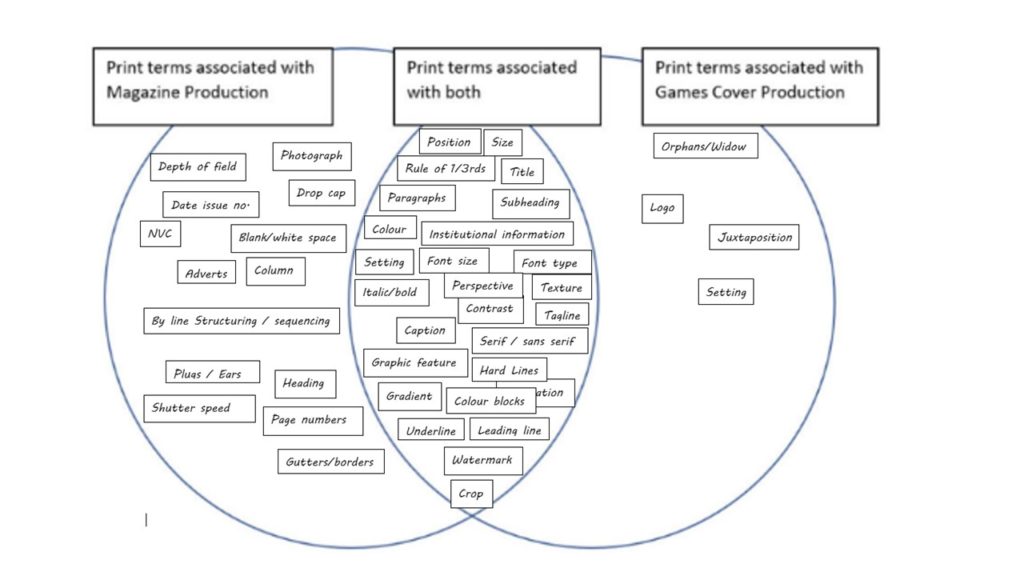In this essay I am going to show and explain how gender is represented in two extracts which have been provided for us, one is a front and back cover for a game CD box for the Lara Croft Tomb Raider Anniversary game, and the other extract is a front cover, contents page and a double page spread from a Men’s Health article starring Vin Diesel on the front cover.
Both CSP’s represent gender in a different way. In Men’s Health magazine, on the front cover is gym enthusiast and popular actor Vin Diesel. On the cover, Diesel is staged in a way which using the lighting effects, exaggerates the muscle and the definition within his arms to make them stand out. This is an indexical sign linking to the dominant ideology that this is the norm look for men within our society today. This common look within inspirational and well known actors and people such as Vin Diesel, Dwayne ‘The Rock’ Johnson and Martyn Ford, this creates a negative representation as it causes the majority of people to misinterpret and stereotype all men with having this physique. The main image can be interpreted as advertisement use as men who see this may aspire to look a certain way, and with the help of the magazine and the contents will be able to achieve that.
Similarly in Tomb Raider the main image of Lara Croft has been made and portrayed in such a way to draw attention to her exaggerated looking bottom and breasts, as well as the camera angle the use of wardrobe also draws your attention to specific parts of her body, such as her short and tight shorts along with the tight top she is wearing. Much like in the Men’s Health magazine this creates a negative representation, as people will believe that this is the norm for body types with females globally. But the use of adding the handguns along side her challenges the dominant ideology that this is a reactionary text as not every person owns a gun, this makes the character more badass and not someone to be messed with.
I believe that both texts are a radical representations of common stereotypes which are common along side gender and body images within different texts, whilst Men’s Health supports and continues to use this in order to gain popularity and Lara Croft Tomb raider challenging the common ideologies through body manipulation and exaggeration.

